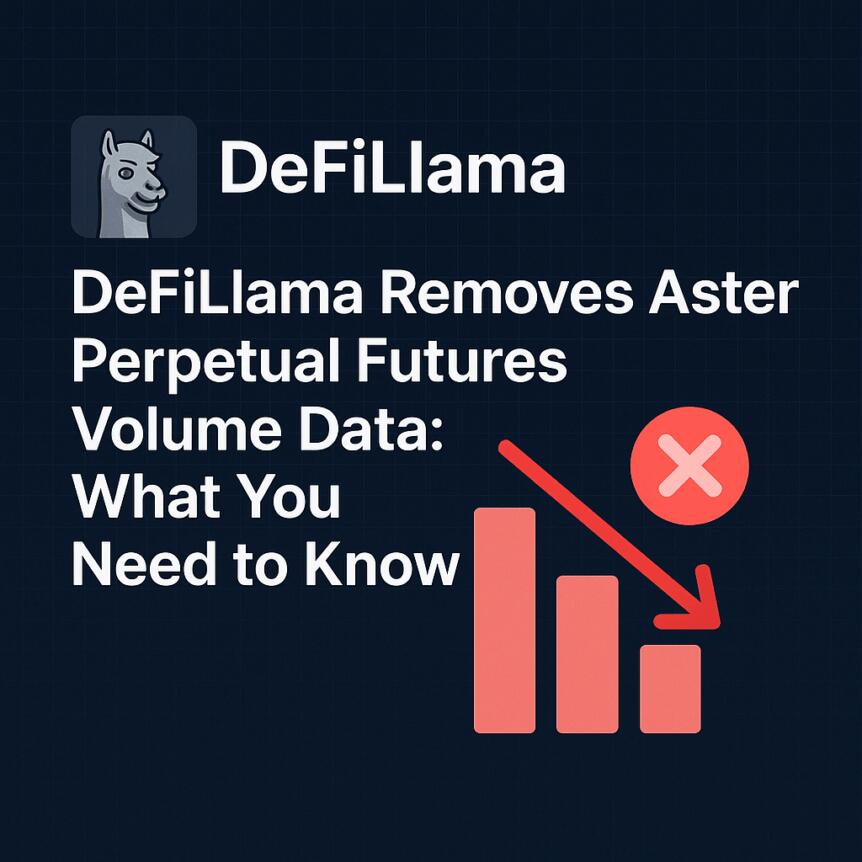Market Pulse
The crypto world is abuzz with the official launch of EigenLayer’s highly anticipated EIGEN token, signaling a pivotal moment for the burgeoning restaking ecosystem on Ethereum. As of June 12, 2024, the distribution mechanism and subsequent trading dynamics of EIGEN are drawing intense scrutiny from investors, developers, and blockchain enthusiasts alike. This event is not merely about a new token; it represents a significant evolution in how capital efficiency, security, and decentralized applications are envisioned on the Ethereum network, promising both unprecedented opportunities and complex challenges.
The Rise of Restaking: A New Paradigm for Ethereum
EigenLayer has pioneered the concept of restaking, allowing Ether (ETH) staked on Ethereum’s Beacon Chain to be ‘repurposed’ to secure other decentralized applications and services, known as Actively Validated Services (AVSs). This innovation allows stakers to earn additional rewards by providing economic security to these AVSs without needing to unstake their ETH. The mechanism enhances capital efficiency and aims to extend Ethereum’s robust security guarantees to a broader ecosystem, fostering new forms of innovation and utility within the network.
EIGEN Tokenomics and Distribution
The EIGEN token is designed as the native governance and utility token of the EigenLayer protocol, crucial for coordinating economic incentives and ensuring the long-term decentralization and security of the restaking ecosystem. Its launch has been characterized by a multi-phase distribution strategy, including an initial community airdrop to early participants and restakers. However, the initial claims process and the non-transferability period have led to considerable discussion regarding liquidity and market access.
- Governance: EIGEN holders will have a say in protocol upgrades, parameter adjustments, and the admission of new AVSs.
- Slashing: EIGEN tokens can be used as a recourse mechanism, where validators misbehaving while securing AVSs can have their EIGEN (or restaked ETH) slashed.
- Staking for AVSs: Eventually, EIGEN will also be directly stakeable to secure AVSs, creating a dual-token security model.
- Phased Rollout: The token’s full functionality and transferability are being rolled out in stages to ensure stability and responsible governance.
Opportunities and Risks for the Ecosystem
The introduction of EIGEN and the expansion of the restaking paradigm present a compelling set of opportunities. For AVSs, it offers a cost-effective way to bootstrap security by leveraging Ethereum’s already established validator set, potentially accelerating innovation. For ETH stakers, it provides an avenue for increased yield on their staked assets, fostering greater participation in network security. However, this novel approach is not without its risks:
- Systemic Risk: Concentrating staked ETH across multiple protocols could create a single point of failure or cascading effects if an AVS is compromised or experiences a slashing event.
- Centralization Concerns: A significant portion of restaked ETH could end up controlled by a few large operators, potentially undermining Ethereum’s decentralization ethos.
- Complexity: The added layers of abstraction and smart contract interactions introduce new vectors for bugs or exploits.
- Economic Sustainability: The long-term economic model and the balance between rewards for restakers and the cost for AVSs still need to prove sustainable.
Market Reaction and Future Implications
The initial market reaction to EIGEN’s claim and trading has been closely watched, with price discovery influenced by vesting schedules, initial liquidity, and broader market sentiment. Beyond immediate price movements, the long-term implications are profound. EigenLayer could fundamentally reshape the economics of blockchain security, offering a template for other networks to leverage shared security models. It also pushes the boundaries of DeFi by creating new primitives for yield generation and capital allocation, but robust risk management frameworks will be paramount for its success.
Conclusion
EigenLayer’s EIGEN token launch on June 12, 2024, marks a bold stride into the future of Ethereum’s security and DeFi. While it introduces an innovative mechanism for capital efficiency and expanded security, it also ushers in a new era of complex risk assessments and decentralization debates. The coming months will be crucial in observing how the EIGEN token integrates into the broader crypto economy, how AVSs leverage its security, and whether the EigenLayer ecosystem can navigate its inherent challenges to deliver on its ambitious promise of a more secure and efficient decentralized future.
Pros (Bullish Points)
- Increases capital efficiency for ETH stakers by allowing them to earn additional yield on restaked assets.
- Enhances security for new decentralized applications (AVSs) by leveraging Ethereum's robust economic security.
Cons (Bearish Points)
- Introduces potential systemic risks to the Ethereum ecosystem due to shared security and cascading failure possibilities.
- Raises concerns about centralization if restaking becomes dominated by a few large operators, potentially impacting Ethereum's decentralization.
Frequently Asked Questions
What is EigenLayer?
EigenLayer is a protocol built on Ethereum that introduces 'restaking,' allowing staked ETH to be reused to secure other decentralized applications (AVSs) in exchange for additional rewards.
What is the EIGEN token used for?
EIGEN is EigenLayer's native governance and utility token, used for protocol governance, as a slashing mechanism for misbehaving operators, and eventually for direct staking to secure AVSs.
What are the main risks associated with EigenLayer's restaking?
Key risks include potential systemic failure if an AVS is compromised, concerns about centralization if a few entities control most restaked ETH, and increased complexity in the staking ecosystem.



